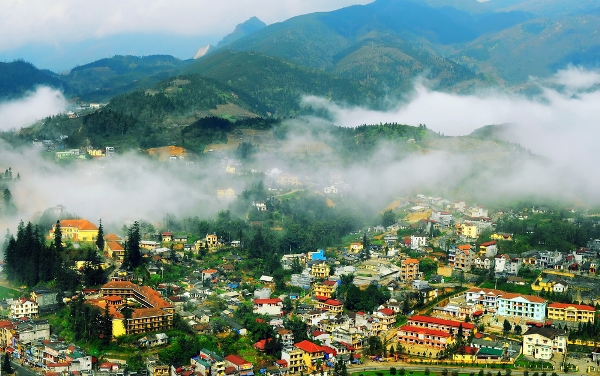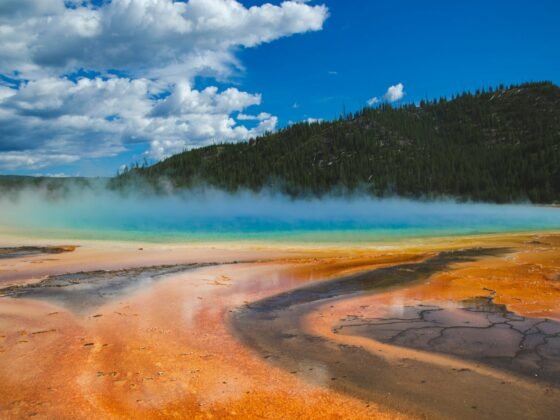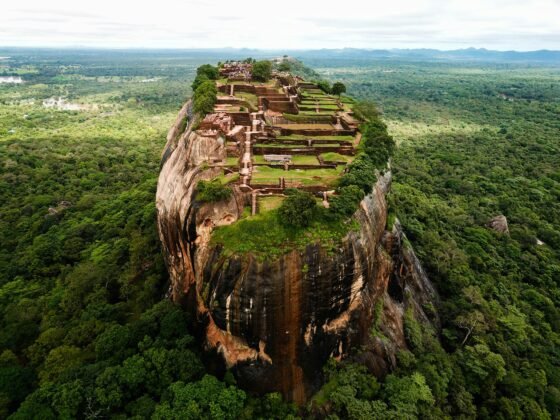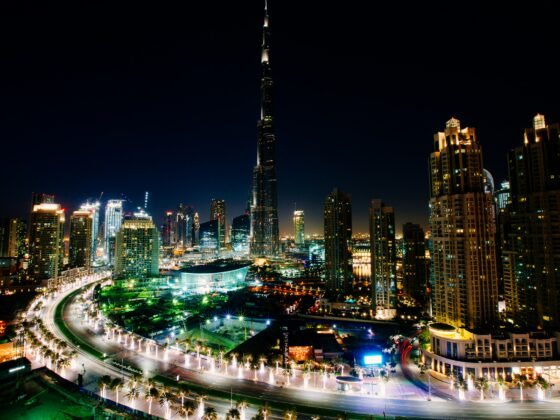Pristine Sapa in Vietnam’s remote northwest mountains is also rather romantically known as the ‘Tonkinese Alps’ – a nickname adopted by the French who used Sapa as a hill station from 1922. Sapa is best known for its vast hills, lush rice terraces and traditional hill tribes.
If you’ve already ticked Hanoi, Ho Chi Minh City and Halong Bay off your must-see list, then consider taking a detour to Sapa. It’s the perfect antithesis to the hot crowded cities. In fact it’s a wonderful destination to really get back to nature and try a spot of walking, or light trekking if your enthusiasm allows! It’s the perfect location for keen photographers too, where endemic birds and animals roam and locals go about their daily life in their traditional Vietnamese outfits. One particular highlight is wandering one of the many minority village markets within a region that’s stayed true to its roots. Sapa is truly off the beaten tourist track and remains (pleasantly) untouched by modern life.
Sapa is the highest point within Vietnam and is located just a few kilometers from the Chinese border within the Hoang Lien Son mountain range. The landscapes are typified by rugged mountains, misty valleys and vast rice terraces. Each hill tribe still wears its own traditional colourful outfits that identify their community.
The highest peak within Vietnam is Fansipan which rises to 10,312 feet (3,143 meters) and this tends to be the highlight of climbing and trekking trips within Sapa. Take a train from Hanoi into Lao Cai Province and hire a local guide to steer you along the trails to the peak of Fansipan.
Surrounded by epic scenery, Sapa attracted the attention of the French colonial rulers in 1922 when it made the picturesque town their hill station. Indeed the town itself is punctuated with French colonial villas, although many have fallen into disrepair following years of war. Sapa is slowly changing as western tourists cotton on to the unique experiences to e had here and the skyline is slowly but surely changing.
Don’t even contemplate visiting Sapa between November and February, which is technically wintertime, as its pretty cold and the rice terraces are sparse as planting doesn’t commence until springtime.
Sapa is small enough in itself to walk, providing you’re armed with a good map. Venture further afield with a guide and walk the surrounding villages, whether via an organised bus tour or under your own steam – motorcycle hire is available locally. One of the most memorable things to do in Sapa is to hike to pretty Cat Cat Village which is just 3km south of Sapa and tackle the 10km to Ta Phin Village. The Thac Bac Loop Track is inspiring and is made all the more enjoyable with the sighting of the pristine Silver Waterfall, aka Thac Bac.
One must-experience is a local homestay where you can really immerse yourself in local village life. Facilities will vary and heating outside of an open fire is rare, so pack a jumper or poncho.
It’s also worth remembering that although Sapa is establishing itself on the tourist track, people are still going about their daily tasks and may not always welcome being photographed – so do ask first.












